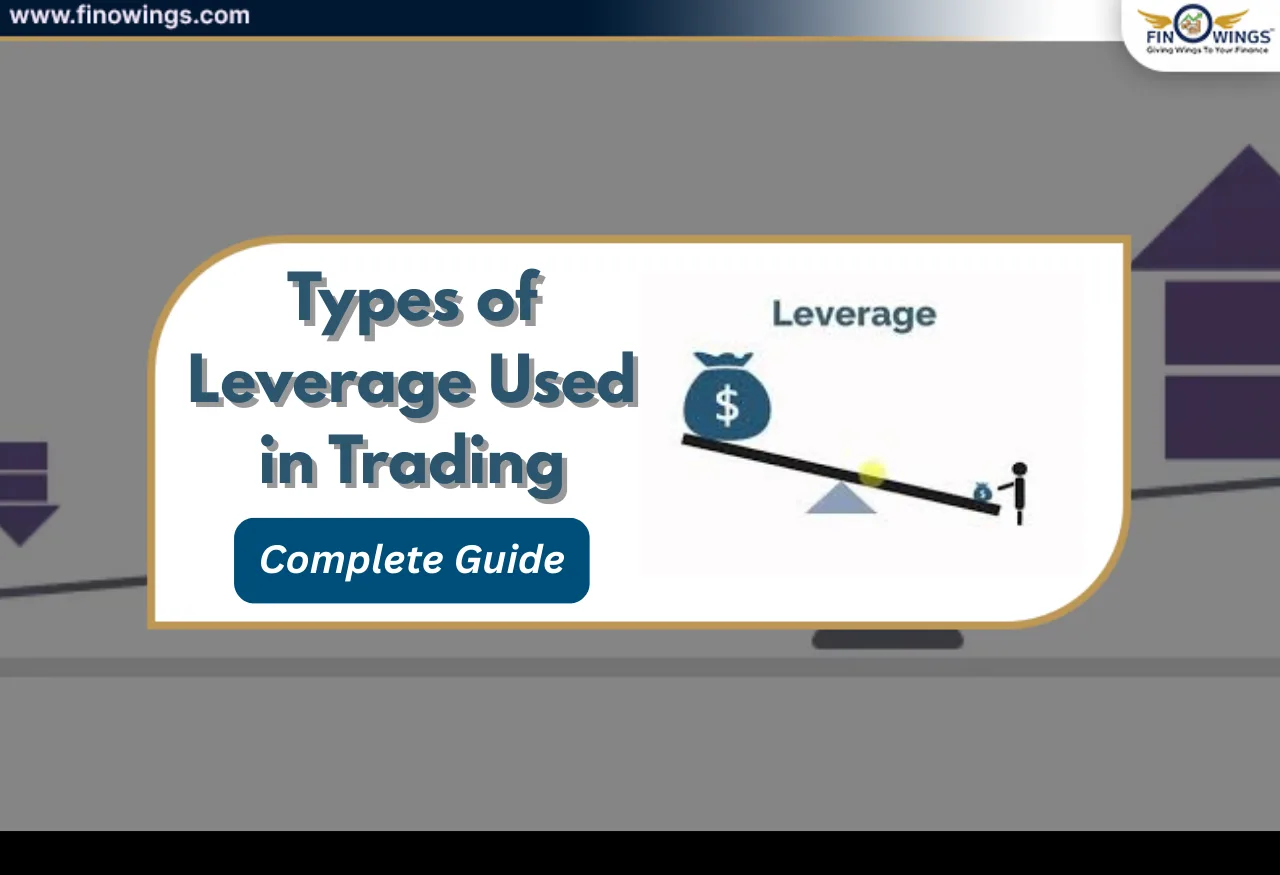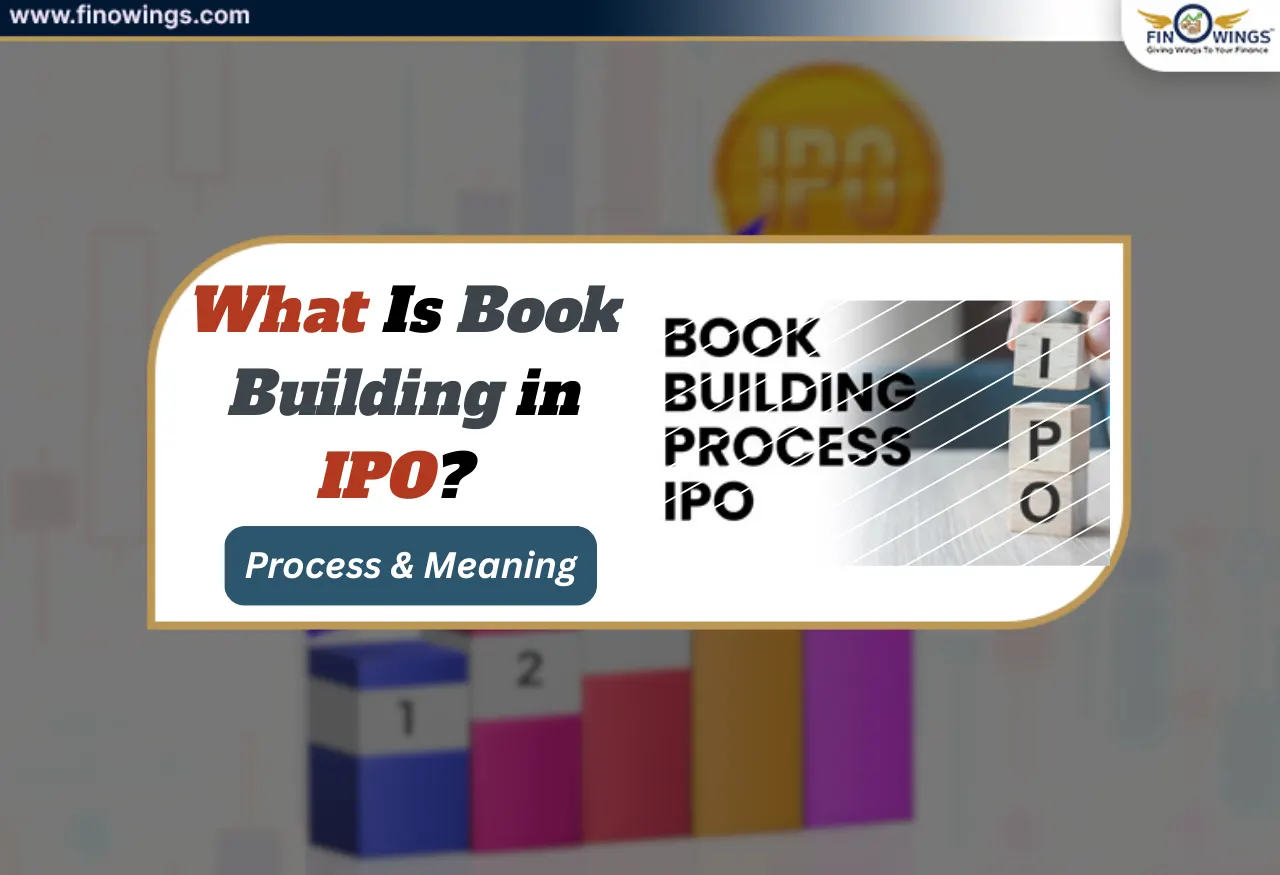Home >> Blog >> What is Margin Call? Meaning, Formula & Advantages
What is Margin Call? Meaning, Formula & Advantages

Table of Contents
1. Introduction
When the margin account balance falls below a specific limit, it triggers a margin call. This limit is called the maintenance margin. A margin account contains securities purchased combined with the investor's money and the money borrowed from the investor's broker. When the margin call goes down, the broker demands more money to be deposited into their margin account to meet the margin.
Generally, a margin call signals a decrease in the value of securities held in the margin account. When a margin call occurs, the investor chooses either to add funds to the account or sell some of the assets.
Key Points-
-
A margin call triggers the margin account to run low on securities. It usually happens due to a losing trade.
-
Margin call demands an increase in capital or securities to bring a margin account up to the requirement.
-
The broker may pressure the investor to sell assets if the investor cannot deposit additional funds.
-
A margin call can be avoided. Investors should monitor their equity and keep enough funds in their accounts to maintain the required maintenance value.
2. Maintenance Margin
The Financial Industry Regulatory Authority (FINRA) needs brokerage firms to decide on maintenance requirements for each margin account. These requirements are called maintenance margins. The maintenance margin sets the minimum percentage of investment value you must always have in the margin account. These requirements help in preventing you from defaulting on loans.
The maintenance margin is generally set at 25%, which means you must own at least a quarter of the value in your margin account. However, some brokers may set the margin requirements up to 30% or 40%.
Understanding maintenance margin can get complicated because it is calculated depending on the securities’ current value and the money the investor borrowed from the brokerage to purchase them.
For instance, you borrowed $600 on margin to buy stocks of $1200. The brokerage’s maintenance margin will get violated if the stock value falls to $600. In this condition, the margin account value would be the same as your debt, meaning you will have 0% of your investment stock.
In this case, the brokerage will issue a margin call, and you must deposit money or sell off some of the stocks to stable yourself again.
3. What Triggers a Margin Call?
The stockbroker defines the threshold for the investors who borrow money from them after depositing money to buy securities, known as buying on margin. It means purchasing new equities while keeping existing ones as collateral. This strategy has both chances of higher returns and higher investment risks. Therefore, stockbrokers have different margin requirements for accounts, security types, and trade.
When investors buy any securities expecting a future increase in the stock value, they usually invest more to maximize their returns. Due to a shortage of money, they borrow money from a broker to acquire more stocks, hoping the price will increase. It is a type of loan secured by collateral and handled through a margin account. When margin stock prices fall, the balance from the margin account is debited.
The difference between the value of assets owned by the broker or margin account and the funds borrowed by the investor is called the trader’s equity. First, stockbrokers decide on the margin account's minimum fixed maintenance amount. Then, the brokerage firm can issue a margin call when the equity falls under that maintenance limit.
4. Example of a Margin Call
Let us take an example and observe how a change in the margin account value can affect an investor’s equity to a level where a broker might issue a margin call.
|
A Drop in value triggers a margin call |
||||
|---|---|---|---|---|
|
|
Security Value |
Loan Amount |
Equity ($) |
Equity (%) |
|
Total Security $30,000 (half on margin) |
$30,000 |
$15,000 |
Investor Equity = $15,000 |
Investor Equity = 50% |
|
Value falls to $25,000 |
$21,600 |
$15,000 |
$6,050 |
Investor Equity = 28% |
|
Maintenance requirement of broker |
$21,600 |
|
$6,480 |
30% |
|
Margin call |
|
|
$430 |
|
5. Calculate Margin Cal
A margin call can be calculated simply by the following margin calculation formula. To calculate a margin call, the two types of margins must be met: Initial and maintenance.
Margin Call Price = (Original Purchase Price) * {(1-Initial Margin) / (1-Maintenance Margin)}
Where,
-
The original purchase price is the total cost of securities in the margin account,
-
The initial margin is the minimum amount a broker lends to the investor to purchase the asset,
-
The maintenance margin is the minimum limit of equity required in an account to avoid a margin call.
6. How To Cover a Margin Call?
If the margin account value drops to a certain level that a broker issued a margin call, the investor generally has 3 to five days to cover up a margin call. Using the above example of margin call, here two options are defined for doing so-
Deposit $430 cash into the account.
Deposit $614 of marginal securities (fully paid). This amount is calculated by dividing the required funds of $430 by (1- 30% equity req),
430 / (1-0.30) = $614
You can use a combination of the above two ways. First, you can sell other securities to acquire the needed cash.
If an investor fails to meet the margin call, a broker has the right to close any open positions to replenish the account without the investor’s approval. Furthermore, the broker can also charge a commission on these transactions from the investor. The investor only is responsible for any losses during this whole process.
7. What happens During a Margin Call?
If the margin account falls below the brokerage’s maintenance margin, the firm issues a margin call. The investor must add money or securities into the margin account. If the investor fails, the brokerage may sell the securities until it meets the maintenance requirement again.
It is not always necessary that the brokerage may issue margin calls if your account falls below the minimum maintenance requirement. Sometimes, they might sell the securities to meet the maintenance margin without sending you any notice.
Before signing the agreement, it is essential to read and understand the firm’s margin terms and conditions. Point to remember- Liquidated assets sold during margin calls are generally at a loss.
8. How To Avoid a Margin Call?
There are following some ways on how to avoid a margin call-
-
Leave some extra cash in your account- Setting aside some of your cash rather than investing all the money into securities is always a good idea. It can prevent margin calls because cash’s value is stable, and you completely own it.
-
Plan for Volatility- It is always better to diversify your portfolio. It can handle market fluctuations well and avoid falling below the maintenance margin.
-
Investing in the Right Assets- It is the best practice to invest in assets with strong return potential. It becomes more important while using the margin investing process. You want to ensure that your return will cover the interest you will have to pay on your margin loan.
-
Regular Debt Repayments- Interest charges are generally posted into your margin account monthly. Usually, there is no repayment schedule for margin loans. You can choose when you want to make your repayments. Paying off interest or part of the loan regularly will keep it from bundling up.
-
Set your margin- Fix your maintenance margin higher than your brokerage’s. When your margin account reaches that level, you can add funds beforehand to avoid a margin call.
9. The Bottom Line
Buying on margin isn't suitable for all investors. While it can generate investors more profit for their buck, there are drawbacks. For one, it's only a benefit if your securities increase enough to pay back the margin loan (with interest on it). Another tension can be the margin calls for funds that investors must fulfil.















